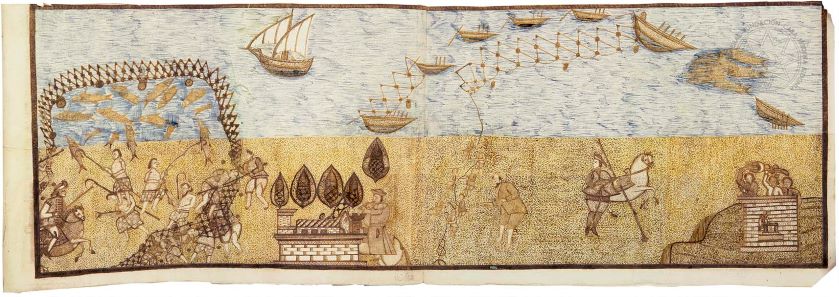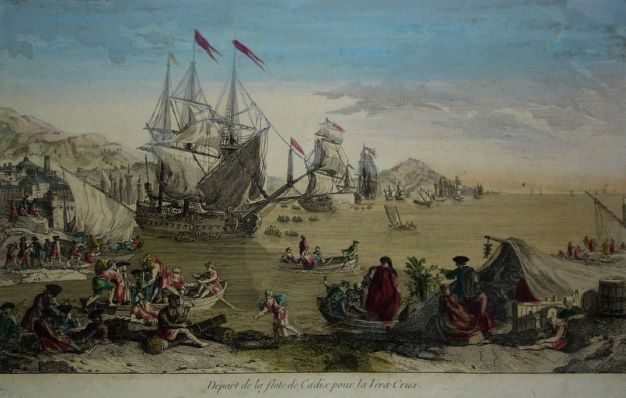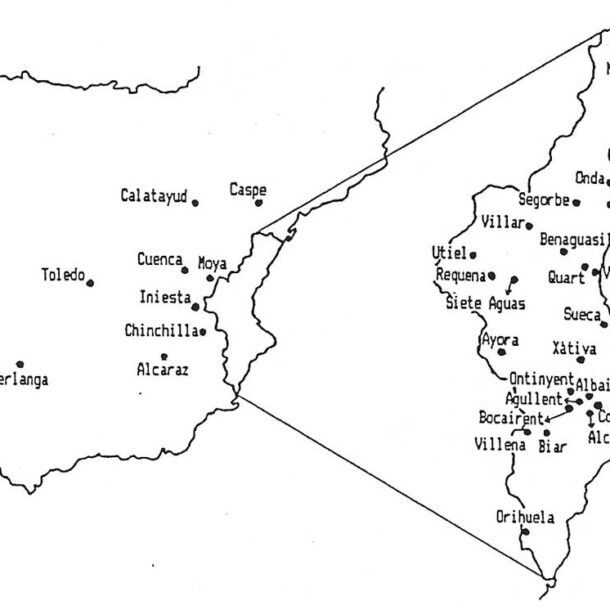The city of Valencia was incorporated into the Crown of Aragon in 1238, becoming the capital of its namesake kingdom. Christian development endowed the city with important economic functions that had a progressive impact: by 1450, Valencia would be one of the main commercial, financial and artisan centres of the western Mediterranean. Its socio-economic growth was accompanied by its urban expansion; the various factions of local power stamped the space with their hierarchy as well as the uses and value of the land. As a result, the plan of Valencia took the form of the one presented here. We can highlight the main elements: the Christian marketplace, where the economic activity took place; the churches that radiate the urban centre, which were established during the process of “parochialisation” of the city after its conquest; and the city walls, which were extended according to the needs of the city. All of this was supervised by the Municipal Council which, among other functions, was concerned with the beautification of the public space, its functionality and the transformation of the territory with the demolition of houses and the creation of new urban roads.
Collection: Images
Project: 3. Rural world and urban world in the formation of the European identity.
Chronology: XV
Scope: Primary education, Secondary education, Baccalaureate, University
Resource type: Image
Format: Map
Source: David Igual Luis, “Poder, mercat i espai urbà a València entre els segles XIII i XV”, en Els espais de poder a la ciutat medieval, ed. por Flocel Sabaté, Pagès Editors, Lérida, 2018, p. 184 (plano tomado de Rafael Narbona Vizcaíno, Pueblo, poder y sexo. Valencia medieval (1306-1420), Diputació de València, Valencia, 1992, p. 34).
Language: Valencian
Date: 1992
Owner: Pablo Ballesta Fernández (Modernalia)
Copyright: © David Igual Luis © Pagès Editors © Diputación de Valencia
Abstract: Planimetry. Plan of Valencia showing the different types of urban planning that appeared in the city
Tags








